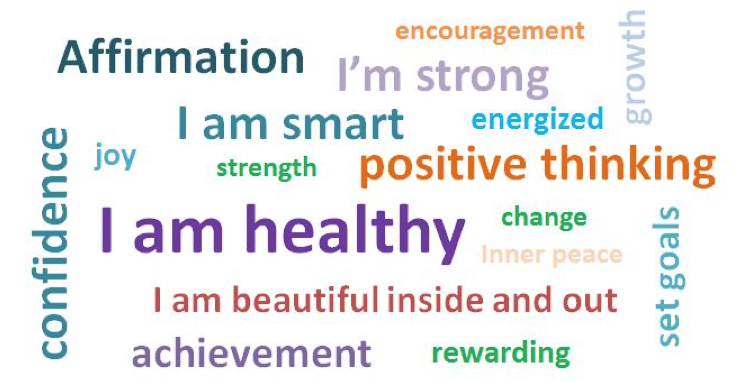By: Brian K. Becker, D.C.
Can we train our minds to create positive changes in our lives? I believe we can, if we learn some simple steps for how we think and act. In my opinion, most people don’t understand the importance of how they think and the impact it can have on their lives. If we teach these skills to children, whose subconscious mind is more open and dominant, we will plant healthy seeds for their future thoughts and actions.

Our minds wield an incredible power over the health of our bodies, the function of our immune system and the outcome of our lives, for good or bad. Stress, for instance, and the inability to properly manage stress, will have a negative influence on the overall function of our body; primarily from a malfunctioning nervous system and lowered immunity. Because of this, you have probably noticed you are more likely to catch a cold or flu when you’re under a great deal of stress.
Positive thoughts and attitudes are able to prompt changes in our bodies that strengthen our immune system, reduce neurological stress, create positive emotions, decrease pain and chronic disease and provide stress relief. Literally, the power of your thoughts and emotions can exert physical and biological changes.

Our thoughts are the one thing we have control over. We can train our brains to choose and take captive the thoughts that are positive and dismiss the ones that are negative.
What key things can we teach our young people to create healthy positive thinking habits? Here are four teachable steps to inspire positive thinking:
1.POSITIVE AFFIRMATIONS
• ‘Affirmation’ comes from the Latin word affirmare, originally meaning “to make steady, strengthen.”
• Affirmations rewire our brains and are proven methods of self-improvement.
• Affirmations raise the level of ‘feel-good hormones’
• They help our brains to form new clusters of positive thoughts.
• Properly worded, they will help to define who you will become in your future.
• Extremely important for children – Our subconscious mind is more open and dominant up until the early teenage years. Planting seeds early changes a child’s future.
HOW TO AFFIRMATE: Make a list of positive statements. You will say them out loud to yourself once or twice daily. I recommend your first affirmation be done early in the morning, when your mind is open and ready to receive new ideas. Use statements like, ‘I am filled with energy and overflowing with joy,’ ‘I am courageous and I stand up for myself,’ ‘I am smart,’ ‘I am beautiful inside and out.’
REMEMBER: Hearing yourself say positive things about yourself, is interpreted by the brain, the same way as if you heard these things from someone else.

2.ATTITUDE OF GRATITUDE
• Gratitude is one of the most powerful of emotions.
• People who regularly practice gratitude by taking time to notice and reflect on the things they are thankful for, experience more positive emotions, feel more alive, sleep better, express more compassion and kindness, and may even have a stronger immune system.
Start a gratitude jar in your classroom: have students add written slips of paper of things, events or people that they are grateful for. Then once a quarter, have a gratitude celebration and read the collection of ‘gratitudes’ that they have written on their slips.
3.VISUALIZATION
• Visualization is simply mental rehearsal. You create images in your mind of you having or doing whatever it is you want.
• When you repeatedly see yourself performing a task, you condition your neural pathways so that the action feels familiar when you go to perform it; it’s as if you’re carving a groove in your nervous system.
• Studies have been done showing groups of people visualizing themselves performing a particular skill, compared to a group that actually practiced the skill. The end result is that both groups performed the skill virtually the same.
4.JOURNALING
• Regular journaling can help people to gain a perspective about who they are, what their values and interests are, and how they interact within their environment.
• Journaling should be positive. It should support you and help you to feel good about the things that you have accomplished throughout your day.
HOW TO JOURNAL: Simple questions to answer when you are journaling are; “What’s going on today?,” “What was new in your life today?,” “How do you feel your life is going?” Make your journaling fun. Keep it simple. Don’t worry about grammar, or how much or how little you write. The key is to become consistent in journaling on a daily basis.
To quote author, Ernest Hemingway, “My aim is to put down on paper what I see and what I feel in the best and simplest way.”

I wish you the best of luck in changing your lives and the lives of all the precious children you have the honor of teaching.
Remember, “You never know how far reaching something you think, say or do today, will affect the lives of millions tomorrow.” B.J. Palmer (Chiropractor, son of the discoverer of Chiropractic)
